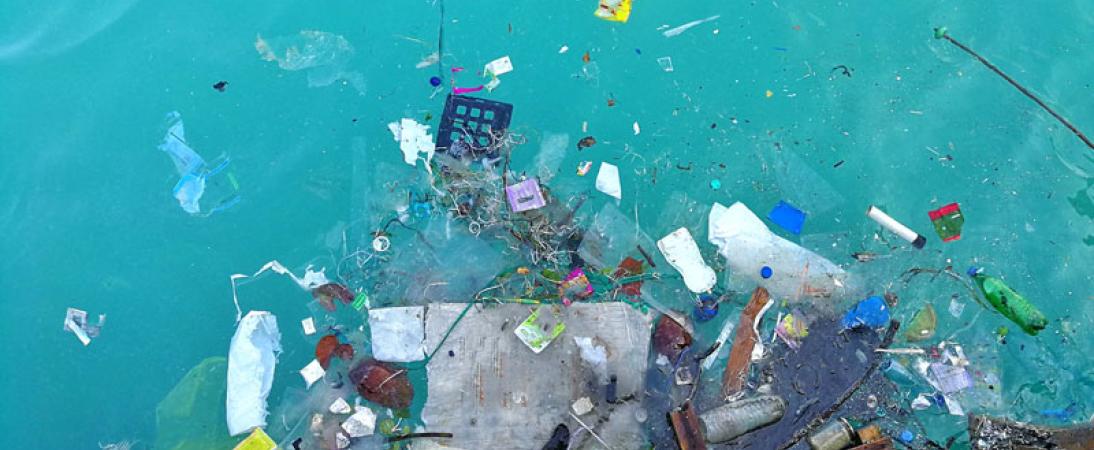Innovations

Self-Sustaining Ocean Cleanup
Taking Inspiration from Legend
Plastic debris in the ocean has created a conservation biology emergency. Siskowet Enterprises, LLC is developing a technology that utilizes battery powered autonomous drones to sweep up plastic and bring it back to a “mother ship” where the plastic is converted to electricity through high efficiency waste to energy incineration. Due to their long molecules, plastics store a lot of energy which can be converted to both thermal and stored electrical energy through high-efficiency gasification.
The problem
An estimated 1.1 to 8.8 million metric tons (MT) of plastic waste enters the ocean each year. All existing attempts to clean up plastic debris in the oceans is dependent on recycling, yet for more than 90% of plastics, there is no existing recycling technology. Empty vessels steam out into the ocean to collect plastic, which is then brought back to land where most of it is placed in landfills.
The solution
One of the characteristics of plastics is that they have lots of energy stored in their long, polymerized molecules. Our solution is to convert the plastics to both thermal and stored electrical energy through high-efficiency gasification. In our vision, a fleet of autonomous harvest vessels (sweeper drones) will work in conjunction with a manned mothership.
How it Works
A fleet of battery-powered autonomous drones sweep up plastic and bring it back to a “mother ship” where the plastic is converted to electricity through high efficiency waste to energy incineration. The drones continually broadcast their positions and plastic debris sweeping rates to each other and to the mothership. Mathematical optimization algorithms determine if a sweeper drone’s cleanup efficiency could be improved by changing its location and path in order to sweep up as much plastic as possible. All of these calculations are based on real time observations of plastic debris density, and driven by optimal foraging theory, each drone is in competition with all the others to maximize cleanup efficiency. Other sustainable sources of energy (i.e., wind, wave and solar) will be integrated to supplement the electricity needs associated with navigation, communications, computers and with processing the plastic debris.
Goals
- To sweep an area the size of the Great Pacific Garbage Patch every four years
- To transform the power sector and demonstrate how a whole-systems approach improves lives and accelerates economic development
- To ensure energy access is delivering on economic development
- To continue advocating for local communities and governments and empower them to take the lead in the design of their own energy supply
Challenges
- Scalability of gasification plants
- General challenges of working at sea
What's Next
In less than three years, the company will be able to put an incinerator on a barge and gain enough information to run it anywhere on the planet.
Similar to the Blue Ocean group, Siskowet Enterprises, LLC put gasification technology on sailboats. The plastic goes into incinerator and sin-gas turns the generators. This can be daisy-chained with electrical plants.
Para más información
Interview conducted with Raymond Timm, Founding Scientist of Siskowet Enterprises LLC
For more information please visit: PROJECT WEBSITE




